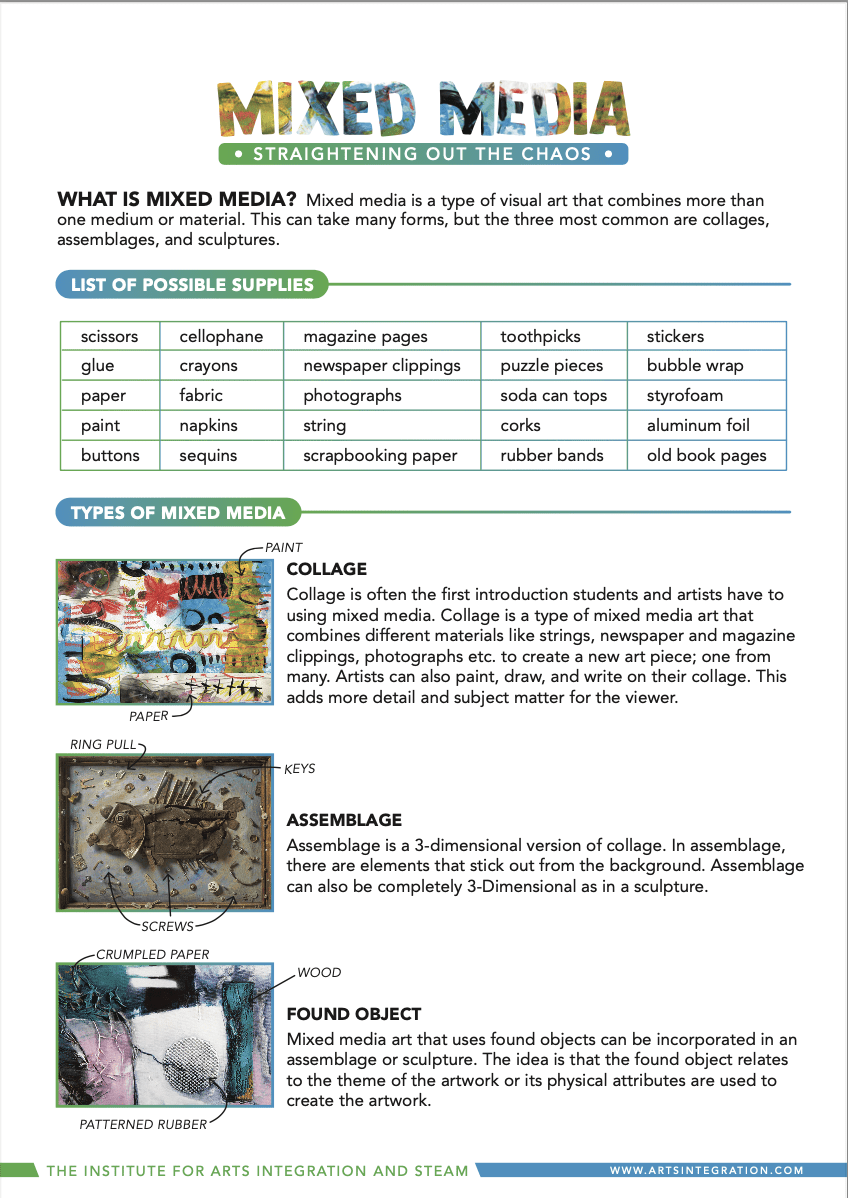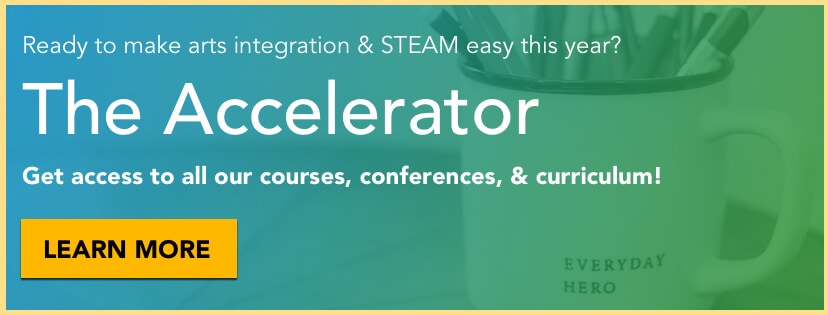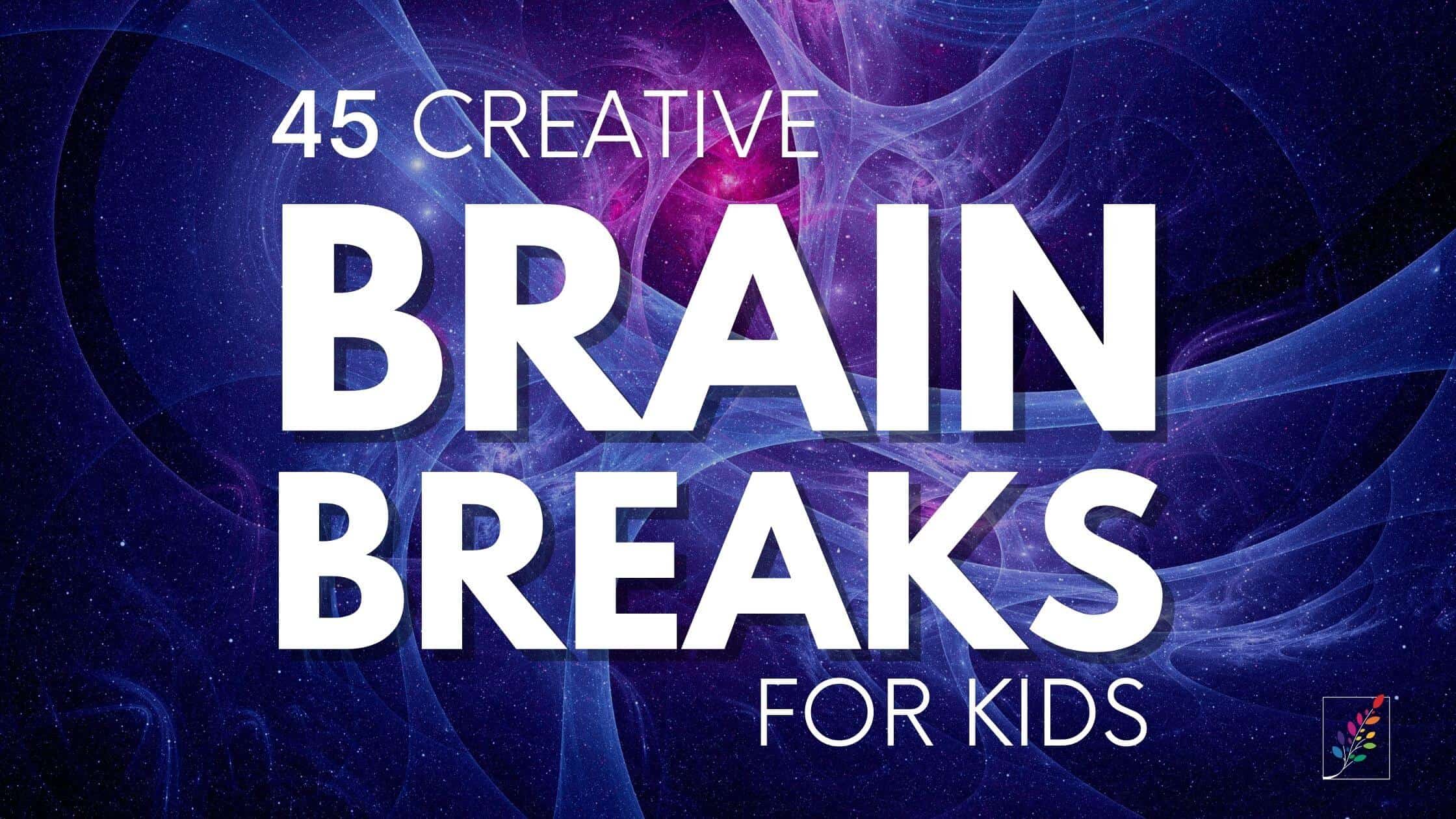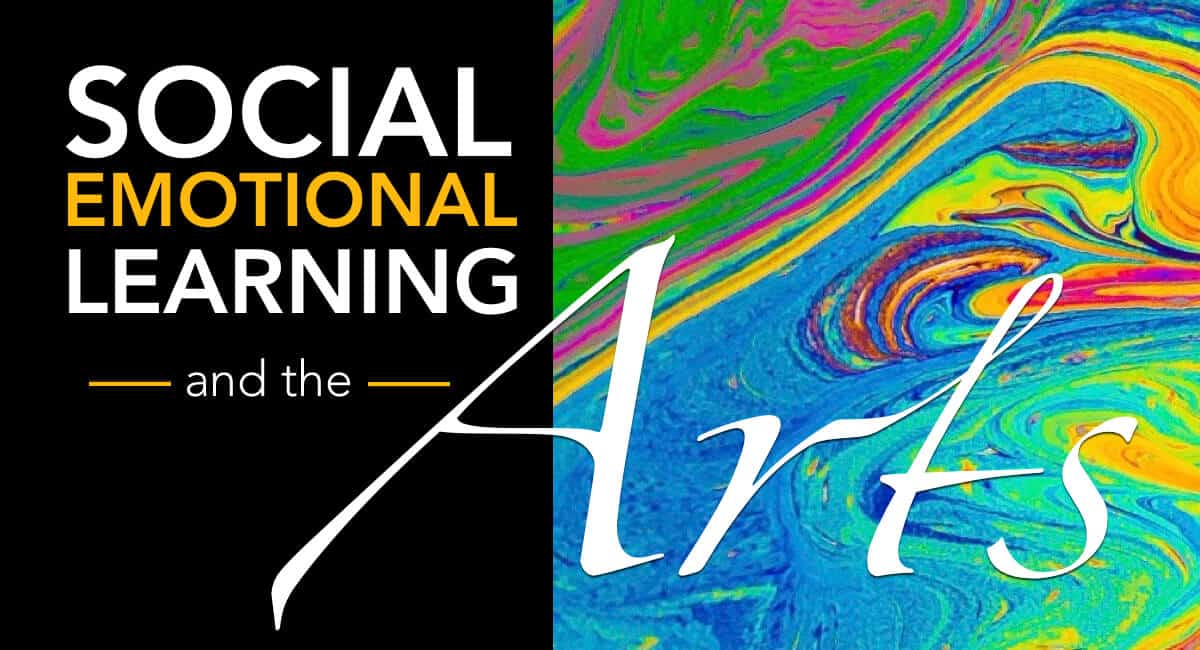Overview of Mixed Media for Classroom Use
Mixed media has such an open definition, that the applications are too numerous to describe. This can be overwhelming for teachers and artists alike. What best supports the application and manageable constraints is the purpose and goal for the artwork.
For example, if the goal is to learn to express and share an idea about identity, the constraints could be limited to mediums and materials that relate to an individual. Another example could be that if the goal is to learn about sustainable practices, the medium and materials constraints could consist of found objects and natural materials.
Perhaps there are no constraints to the in/exclusion of materials, but on the subject matter, size, or display. Whatever the case, having a clear learning goal will help manage and support your students through the process.
Mixed media is often seen in the form of a collage or assemblage. At its root, mixed media is a new art piece that has combined art mediums and materials. Using different art-making techniques together is a form of mixed media.
Multimedia can even fall under this category if used with creative application and design. The idea is that an artist can write on their painting, add prints behind their drawings, or use colored objects to assemble their image; there is freedom to the materials.
Like arts integration, these separate skills need to be taught and practiced so that students can apply them to demonstrate new learning. We will cover the main types of mixed media in art and the classroom strategies to use with each.
DOWNLOAD THIS ANCHOR CHART PDF
Collage
Collage is often the first introduction students and artists have to using mixed media. Collage is a type of mixed media art that combines different materials like strings, newspaper and magazine clippings, photographs etc. to create a new art piece; one from many. Artists can also paint, draw, and write on their collage. This adds more detail and subject matter for the viewer.
Classroom Applications
Collage deals with multiple layers of materials and mediums. When using collage in the classroom, think about what materials you would like students to be working with and the techniques they will be using to create the actual collage.
For beginners and minimal collage artworks, school glue works fine, especially if they are collaging on paper, cardstock, or other similar materials. Glue sticks should only be used if they are working with thin paper and only paper. Older students may use Mod Podge for a more finished, protected, and flat collage.
Keep in mind that the heavier the objects they are attaching, the stronger their collage background needs to be. If students are collaging with photographs, string and buttons, their weight of these items, glue included, needs to be supported. For this example, consider using thick cardstock or cardboard as their base. Allow for longer drying times and provide a flat drying surface for students through the collage process.
In collage, artists also can incorporate painting, drawing and writing. Instruct your students to think about their layers and the materials they have planned. They may want to paint or write before glueing larger objects. They will need to have the previous layer dry beforehand in some cases; sequencing is important.
Lesson Ideas
Magazine, newspapers, and other printed image and text media offer a range of subject matter for students to collage with. Given a prompt, students can use the available materials to communicate their understanding and ideas through collage.
To take collage to the next level, Sax School Specialty offers a lesson plan called “Creative Collage”. In this lesson, students create a low profile collage with various textured materials and their own monoprints. See the full lesson idea here.
Blick Art Materials has many new lessons for mixed media. “Printed Pattern Portrait” is a mixed lesson on portraits modeled after the artist Kehinde Wiley. It combines printmaking and drawing. This is a great way to incorporate ideas on identity and portraits while using a contemporary artist. See the full lesson here.
Assemblage
Assemblage is a 3-dimensional version of collage. In assemblage, there are elements that stick out from the background. Assemblage can also be completely 3-Dimensional as in a sculpture.
Classroom Applications
Assemblage will follow many of the same tips as collage, but with more care put into the adhesion of the materials, especially in sculpture form. School glue takes time to dry and will need to be supported through that process. Hot glue sets quicker, but can be dangerous and just as messy. Take care to be mindful and proactive about structure building and process when doing assemblage with students. Material management and drying space also need to be planned out in advance.
Lesson Ideas
Assemblage works more with form than collage does. This added dimension allows students and artists to explore more materials, shapes, and mediums. A weaving project could transform into a more tactile and visual striking artwork with the inclusion of other materials. Blick Art Materials has a lesson called “Dimensional Weaving” that incorporates Model Magic sculptures into the yarn weavings. Here is the full lesson plan.
Other ideas could be around tactile landscapes and portraits. Students would assemblage layers of or thicker materials to create an embossed image.
Found Object
Mixed media art that uses found objects can be incorporated in an assemblage or sculpture. The idea is that the found object relates to the theme of the artwork or its physical attributes are used to create the artwork.
Classroom Applications
Assemblage and found object artworks allow students the opportunity to use contrasting textures and art techniques. Found object art really focuses on the materials used. Those objects that are found, gathered, and curated for an artwork can be used for their texture, color, shape, purpose, and material.
An artist may use random objects to construct a sculpture of a more recognizable object, such as a person. An artist may also use found objects to create a work of art that conveys a message. This might look like a tidal wave sculpture made from garbage found in the ocean.
Found object art in the classroom will carry the same planning needed for assemblage, but with greater attention paid to the process of gathering objects. The source of the found objects may be as important as the subject matter in the artwork.
Lesson Ideas
Using donated and recycled materials is a great way to introduce students to found object art. They learn how to attach and collage a variety of materials and problem solve with their available options. Creating art from objects found in nature incorporates ideas about the environment, symmetry in nature, and sustainable practices. Look to artist Andy Goldsworthy for ideas on art in nature. Blick’s “Trash Landscapes” lesson explores the idea for nature and resources with recycled objects.
Resources
For great ideas on arts integration and STEAM lessons that use mixed media, check out the Institute for Arts Integration and STEAM lesson plan resource page.
For mixed media lesson plans and materials, check out Sax School Specialty and Blick Art Materials lesson planning pages.
Museums are another great place to look for lesson plans and inspiration. Many offer resources specifically for educators. For example, the Madison Museum of Contemporary Art has a lesson on mixed media here.
When deciding to incorporate mixed media into your classroom, look to the art world, your community and your students for inspiration. Explore and practice with the materials yourself first. This will help you problem solve and prepare for what may arise during the lesson.
Look to your available materials for ideas and possible techniques. And always, think about what you and your students can bring to the lesson.






